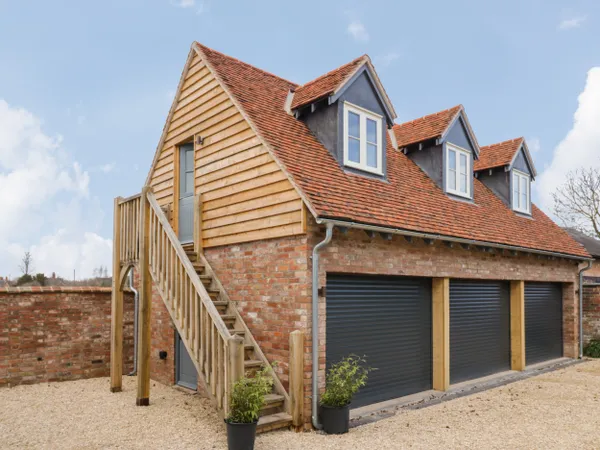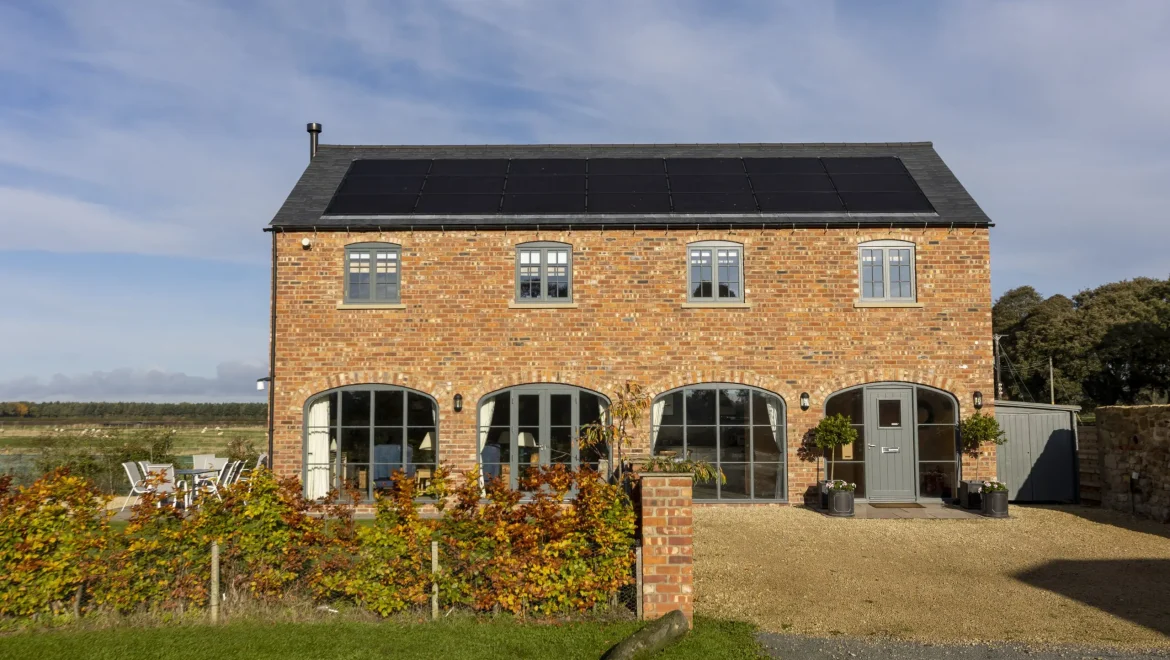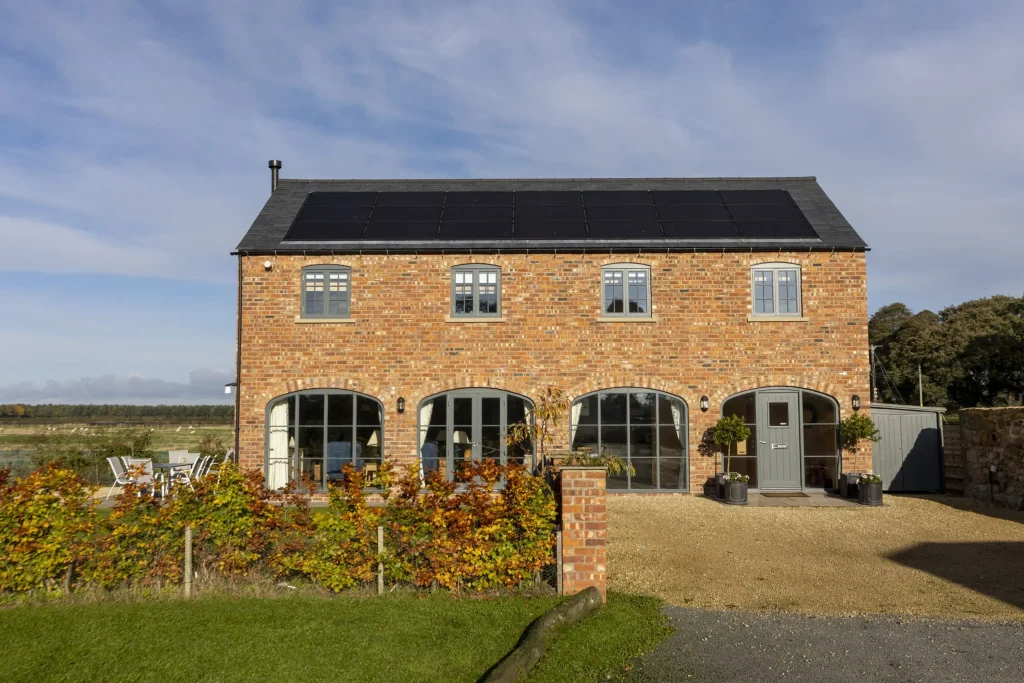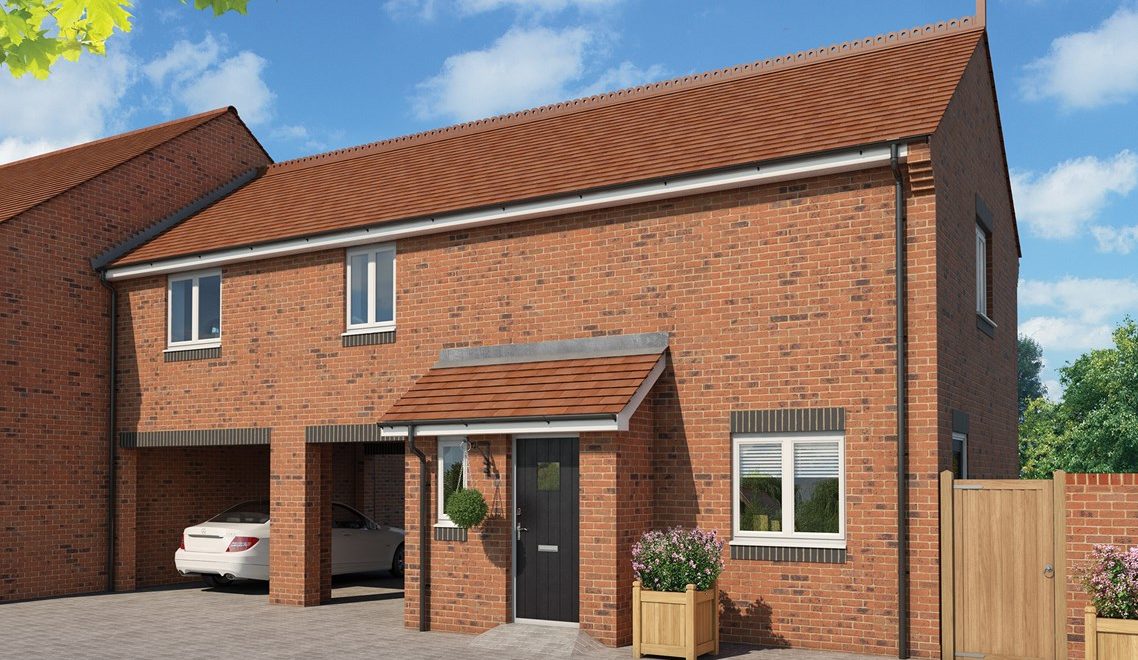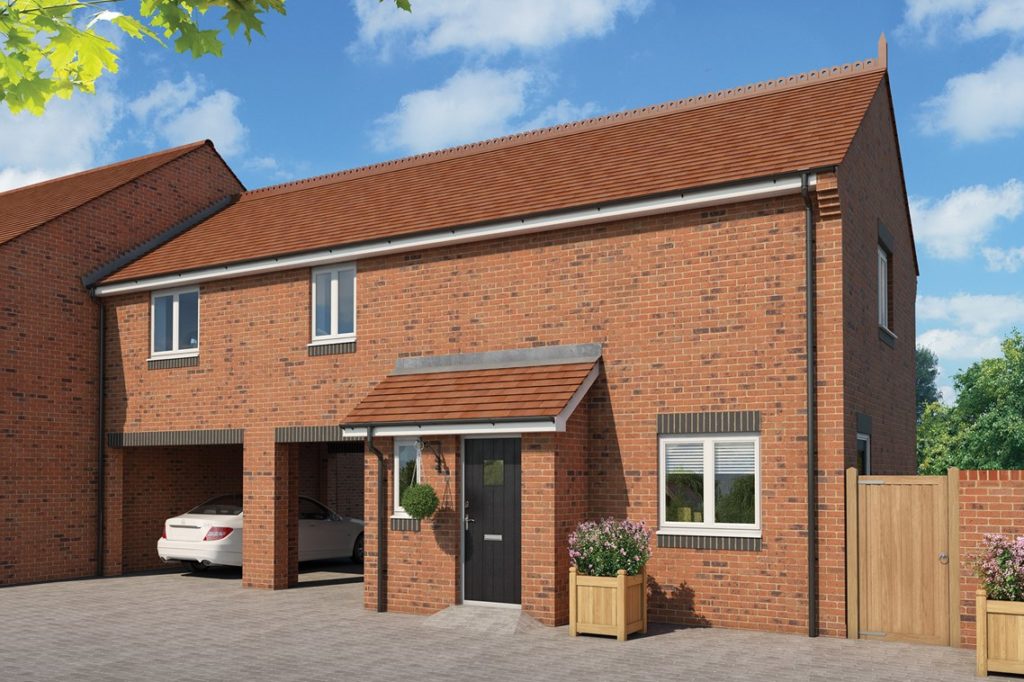Revamping Your Coach House: DIY Renovations on a Budget
Coach houses, with their quaint charm and historical significance, offer a unique opportunity for homeowners to embark on a DIY renovation journey. Transforming these structures into functional and stylish spaces doesn’t have to break the bank. In this blog, we’ll delve into practical tips, creative solutions, and inspiring case studies to guide you through the process of renovating your coach house on a budget.
Strategic Planning:
Before diving into your DIY coach house renovation, meticulous planning is crucial. Assess the current state of your space, identify your priorities, and set a realistic budget. Consider the layout, structural integrity, and any potential challenges. This initial step lays the foundation for a successful renovation.
Maximizing Space:
Coach houses often come with limited square footage, demanding innovative solutions to make the most of the available space. Consider multifunctional furniture, such as foldable tables or loft beds, to optimize living areas. Utilize vertical space by installing shelves or storage units to keep clutter at bay.
Repurposing Materials:
One of the most effective ways to stay within budget is by repurposing materials. Salvaged wood, reclaimed bricks, or vintage fixtures can add character and history to your coach house. Explore local thrift stores, salvage yards, or online marketplaces for budget-friendly finds that align with your renovation vision.
Energy-Efficient Upgrades:
Save on long-term costs by incorporating energy-efficient upgrades. Invest in LED lighting, insulate windows and doors, and consider installing a programmable thermostat. Not only will these improvements benefit your wallet, but they also contribute to a more sustainable and eco-friendly living space.
Creative Storage Solutions:
In smaller spaces like coach houses, efficient storage is essential. Get creative with storage solutions, such as built-in cabinets, under-stair storage, or hidden compartments. Customizing your storage to fit the unique nooks and crannies of your coach house will not only optimize space but also add a personalized touch to your renovation.
Case Study: The Cozy Coach House Transformation
Meet Sarah, a DIY enthusiast who transformed her dilapidated coach house into a cozy retreat on a shoestring budget. By repurposing old barn doors as sliding room dividers, Sarah created separate living spaces without sacrificing the open feel of the layout. She sourced second-hand furniture and refurbished them with a fresh coat of paint, instantly giving her coach house a chic and eclectic vibe.
Conclusion:
Embarking on a DIY coach house renovation is an exciting and rewarding endeavor, and with the right planning and creativity, it’s entirely possible to achieve a stylish and functional space without breaking the bank. By maximizing space, repurposing materials, incorporating energy-efficient upgrades, and implementing creative storage solutions, you can breathe new life into your coach house and create a home that reflects your unique style and personality. So, roll up your sleeves, gather your tools, and let the transformation begin!
